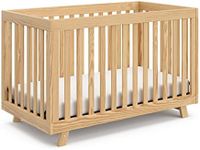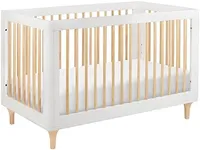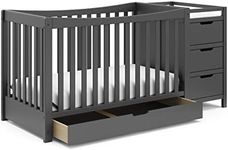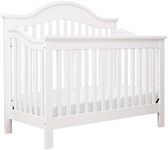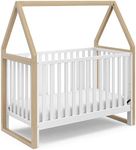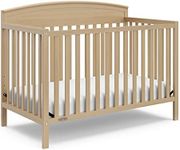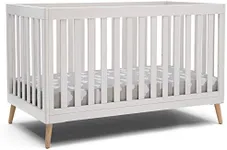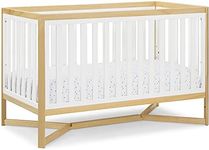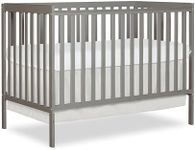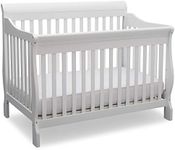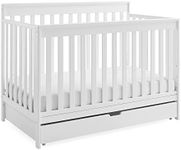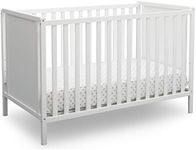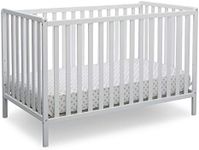Buying Guide for the Best Baby Cribs
Choosing a baby crib is an important decision for any parent or caregiver, as it directly affects your baby's safety and comfort during sleep. When shopping for a crib, it's essential to focus on features that ensure security, durability, and convenience. Understanding the key specifications will help you select a crib that fits your space, lifestyle, and your baby's needs as they grow.Safety StandardsSafety standards refer to the regulations and certifications that ensure a crib is built to protect your baby from harm. This is the most important aspect to consider, as it covers things like the spacing between slats, the strength of the materials, and the absence of hazardous chemicals. Always look for cribs that meet recognized safety standards, such as those set by national or international safety organizations. If a crib is certified, it means it has passed tests for stability and non-toxicity. For your baby's well-being, never compromise on safety certifications.
Crib Size and DimensionsCrib size and dimensions determine how much space the crib will take up in your room and how long your baby can use it. Standard cribs are larger and can be used for a longer period, while mini cribs are more compact and suitable for smaller spaces or for travel. If you have a spacious nursery and want a crib that lasts until your child is ready for a toddler bed, a standard size is ideal. For apartments or shared rooms, a mini crib might be more practical. Always measure your available space before choosing.
Adjustable Mattress HeightAdjustable mattress height means you can change the level of the mattress as your baby grows. Higher settings make it easier to lift a newborn in and out, while lower settings keep an active baby safe as they start to stand. Most cribs offer two or three height options. If you want convenience and safety as your child develops, look for a crib with multiple mattress height adjustments.
ConvertibilityConvertibility refers to a crib's ability to transform into other types of beds, such as toddler beds, daybeds, or even full-size beds. Some cribs are designed to grow with your child, saving you the trouble of buying new beds as they get older. If you prefer a long-term solution and want to make the most of your investment, a convertible crib is a smart choice. If you only need a crib for the infant stage, a non-convertible model may suffice.
Material and FinishThe material and finish of a crib affect its durability, appearance, and safety. Most cribs are made from wood, metal, or a combination, and the finish should be non-toxic and free from harmful chemicals. Solid wood cribs are sturdy and classic, while metal cribs can offer a modern look. If you want a crib that lasts and is safe for your baby to chew or touch, choose one with a high-quality, non-toxic finish.
Ease of AssemblyEase of assembly refers to how simple it is to put the crib together. Some cribs come with clear instructions and require only basic tools, while others can be more complicated. If you prefer a hassle-free setup, look for cribs with straightforward assembly and positive user feedback about the process. This is especially important if you plan to move or disassemble the crib in the future.
Storage FeaturesSome cribs come with built-in storage, such as drawers or shelves underneath. This can be helpful for keeping baby essentials close at hand, especially in smaller rooms. If you need extra storage space or want to keep things organized, consider a crib with integrated storage. If you already have plenty of storage in the nursery, this feature may not be necessary.

